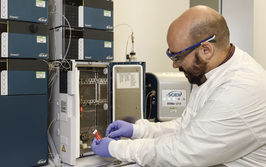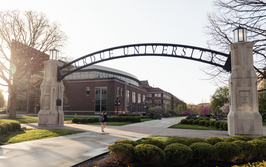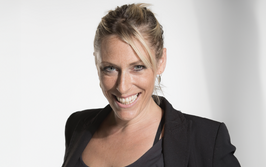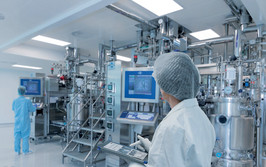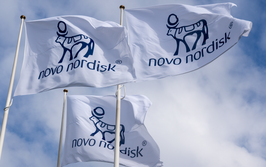A True Dawn
With all the hope and promise emanating from the cell and gene therapy field today, it’s easy to forget that we’ve had false dawns in the past. But I’m convinced that 2017 was a true watershed year – a year I’ll tell my grandkids about.
John Rasko | | Opinion
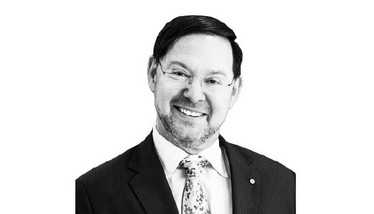
For better or for worse, I became terribly excited by the potential of cell and gene therapies as a teenager, and I’ve been hooked ever since. I’ve spent 25 years of my clinical life focused on achieving the goals of the field, which is why the past few years have felt like a lightning bolt! It is actually happening. I will tell my grandchildren about the year 2017 – the year when cell and gene therapies became a reality and hit the mainstream.
And with all the excitement emanating from everyone involved in the field, it’s easy to forget that we were almost here once before. In the year 2002, Alain Fischer and Marina Cavazzana-Calvo at the Necker Hospital in Paris used hematopoietic stem cells (HSCs) to treat severe combined immune deficiency (SCID). I can vividly remember attending international meetings at the time and watching people punching the air, high fiving each other, thinking they had used stem cells to successfully cure babies of a life-threatening predisposition to infection. But then a terrible cloud arrived because a quarter of those babies went on to develop leukemia – the insertional mutagenesis challenge. And although those problems have largely been overcome – we’ve changed the vector system and matured the safety of those technologies – it was a huge setback for the field as people began asking serious questions about the safety of gene therapy as a whole.
It’s taken us around 15 years to recover. Of course, in retrospect, people had been working on CAR-T cell therapy for a decade, but it doesn’t really hit home until a major regulatory agency like the FDA acknowledges that this is something that should be offered to patients because it works and is safe. We’ve gone far beyond the fleeting success of 2002 and that’s why everyone in the field is so ecstatic.
But we must also accept that the field faces huge challenges – both scientific, logistic and economic. On the clinical side, non-Hodgkin’s lymphoma is, of course, a horrible disease and it’s amazing that we now have a potentially curative therapy, but the condition is fairly rare. How can we apply the insights we’ve gleaned in recent years to much larger clinical challenges? Solid tumors, colorectal cancers, breast cancers, lung cancer – these are massive public health problems that compete with cardiovascular disease as the biggest killers in the developed world. Translating CAR-T technology or immunotherapies to solid tumors will require a massive moonshot-like investment. It is up to us to go to governments and explain that the technology is here and can deliver for patients, but that we need more before we can make the potential difference to health that we could make.
I see some particularly encouraging signs from the UK with their Catapult centers – that’s the kind of investment we need, if the field is to reach its full potential. Australia has also embarked on an ambitious project called the Medical Research Future Fund, which is a sovereign fund set up in 2015 set to reach $20 billion by 2020-21, whereby the interest accrued will be used to fund medical research. By 2020, it will provide approximately $1 billion per year in medical research funding, effectively doubling Australia’s investment in health and medical research. We need more investments of this nature, and we, as scientists and physicians, must ensure we are making the case for cell and gene therapies.
We will also have to come to terms with the logistic and manufacturing challenges of allogeneic therapies. Do we have a centralized model with centers of excellence, or a decentralized model of nodes and spokes? This question remains unresolved today – and the answer will perhaps depend on the geography of individual countries. Of course, everyone agrees that the ultimate goal is to have an off-the-shelf technology that will not cause graft versus host disease. Imagine being able to prescribe a vial from liquid nitrogen storage without the need for manufacturing to be conducted at individual sites – all closed and automated.
And then we must face up to costs. How do we pay for these therapies? What innovative pricing and reimbursement models are required? Encouragingly, there are signs that drug manufacturers are open to new kinds of models where payment is dependent on the therapy continuing to deliver therapeutic benefit over time.
These are the major hurdles the field must overcome, but 2017 has set essential foundations. You will not find a hematologist today who believes that CAR-T won’t find a place in the treatment of acute lymphoblastic leukemia and non-Hodgkin’s lymphoma. It is a huge step and shows that cell and gene therapies are here to stay. And I cannot describe how excited I am about the future of the field.
John Rasko is Professor of Medicine at Central Clinical School Centenary Institute of Cancer Medicine & Cell Biology, University of Sydney, Australia.

